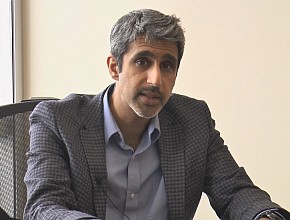A 40-year-old otherwise healthy man had a popliteal vein thrombosis after a 9-hour flight. One month after the event there was no sign of a thrombus on ultrasonography and D-dimer levels were normal. What prophylaxis should be used in this patient before long-haul flights in the future?
Jeffrey Weitz: We have a man who had a popliteal vein thrombosis after a 9-hour flight. He has now received treatment for a month. His ultrasound has resolved, it is now normal. That person has a deep vein thrombosis (DVT) that was provoked by a minor transient risk factor, that is, the long flight. That person deserves a 3-month course of anticoagulation because we know from multiple studies that 3 months is the minimum duration of anticoagulation for provoked or unprovoked venous thromboembolism (VTE). He should complete a 3-month course of anticoagulation. It is great that his ultrasound is now back to normal. We have a baseline.
I probably would not have done it after a month. I would have waited until at least 3 months have gone by. I would probably stop his anticoagulation at that point. Although there is very little data to support this, what I would recommend is that before long flights he take thromboprophylaxis that could either be administered as an injection of low-molecular-weight heparin or he could take a tablet of a new oral anticoagulant (NOAC), either in the prophylactic or the treatment dose, before he gets on the plane. Either one of those will give him at least 12 hours, and probably 24 hours, of protection.
 English
English
 Español
Español
 українська
українська











